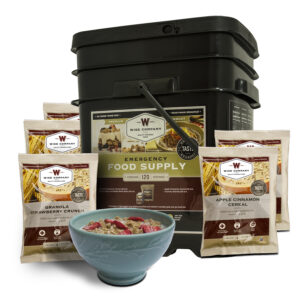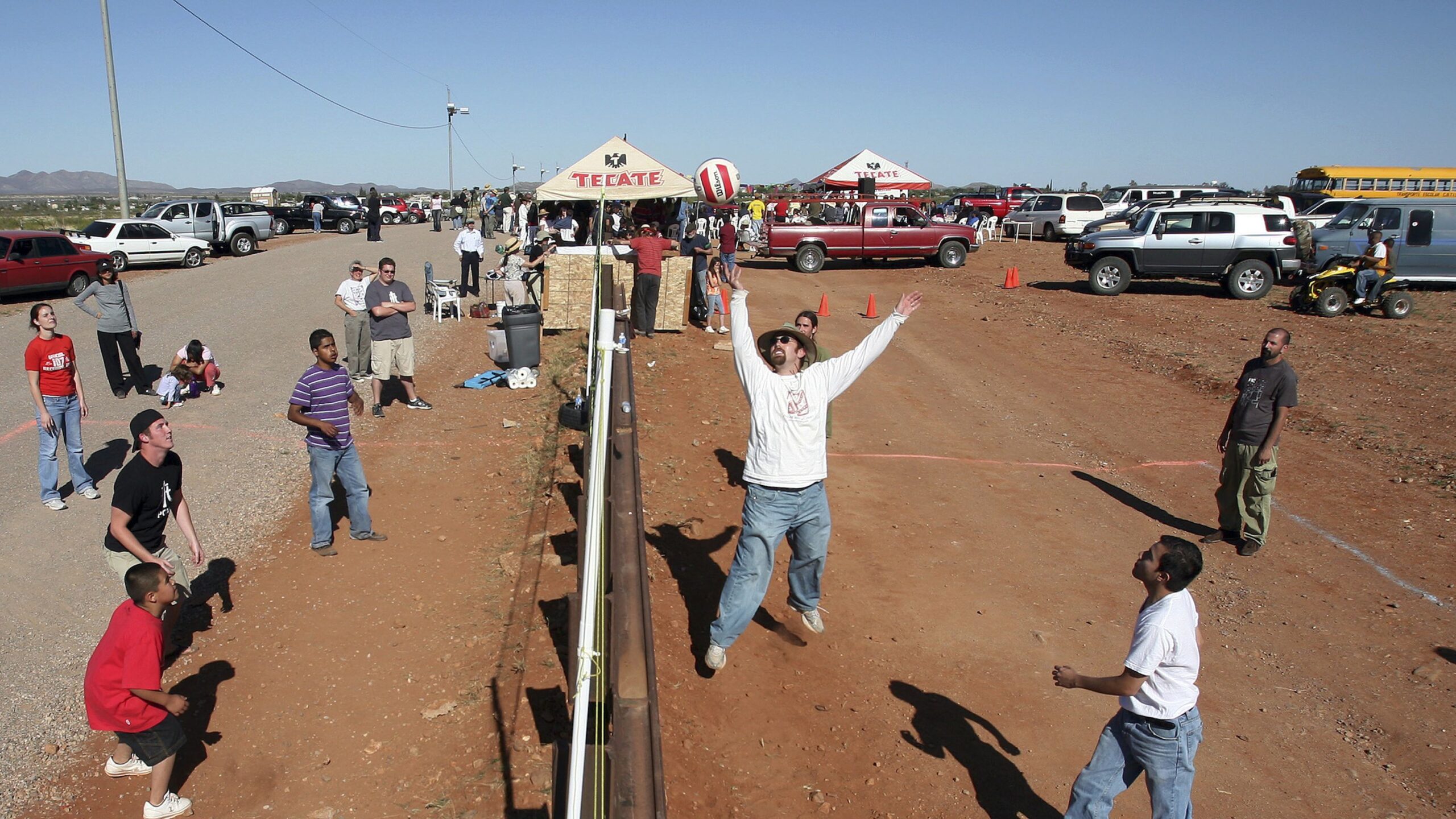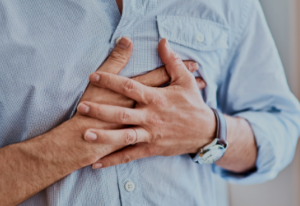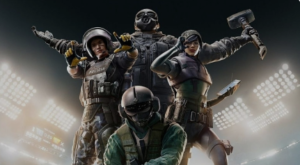7 Essential Supplies for Mass Casualty Incidents at the US-Mexico Border
Introduction to the US-Mexico Border and Mass Casualty Incidents
Welcome to the challenging landscape of the US-Mexico border, where the intersection of cultures and policies creates a unique environment for first responders. In this dynamic region, mass casualty incidents can occur suddenly and with significant impact. Preparation is not just important—it’s absolutely crucial. Let’s explore the essential supplies that are vital for responding effectively to mass casualty incidents at the US-Mexico border.
Why Preparation is Crucial for Mass Casualty Incidents
When it comes to mass casualty incidents at the US-Mexico border, preparation is not just important – it’s absolutely crucial. These situations can unfold rapidly and overwhelm even the most well-equipped responders. Being prepared means having a plan in place before disaster strikes. It means knowing where supplies are located, who is responsible for what tasks, and how to communicate effectively under pressure.
Preparation also involves regular training and drills to ensure that everyone knows their role and can act swiftly when every second counts. Stocking up on essential supplies ahead of time can make all the difference between chaos and organized response in the face of a crisis. From first aid kits to communication devices, having these items readily available can save lives.
In times of crisis, there’s no room for hesitation or scrambling for resources. Preparing in advance ensures that responders have everything they need at their fingertips to provide immediate assistance to those affected by mass casualty incidents at the US-Mexico border.
The 7 Essential Supplies for Responding to Mass Casualty Incidents at the US-Mexico Border:
In the challenging landscape of the US-Mexico border, being prepared for mass casualty incidents is paramount. When faced with emergencies that require immediate response and resources, having the right supplies can make all the difference in saving lives.
First aid kits are a fundamental necessity, providing essential medical supplies to stabilize individuals until further help arrives. Emergency food and water supplies ensure sustenance for both victims and responders amidst chaotic situations.
Communication devices play a crucial role in coordinating efforts and seeking additional support when needed. Personal protective equipment shields responders from potential hazards, allowing them to focus on aiding those in need safely.
Medications and medical equipment are vital for addressing injuries effectively on-site. Triage supplies assist in prioritizing care based on severity, maximizing efficiency during critical moments.
Transportation vehicles enable swift evacuation of casualties to medical facilities for advanced treatment. With these seven essential supplies at hand, readiness becomes key in facing mass casualty incidents at the US-Mexico border.
First Aid Kits
When it comes to responding to mass casualty incidents at the US-Mexico border, having well-stocked first aid kits is essential. These kits contain a variety of supplies needed to treat injuries quickly and effectively in emergency situations.
From bandages and gauze pads to antiseptic wipes and gloves, first aid kits provide the basic tools for addressing wounds and preventing infections. They are compact, portable, and easy to carry, making them ideal for rapid deployment in crisis scenarios.
In high-stress environments like mass casualty incidents, having access to first aid supplies can make a significant difference in saving lives and minimizing further harm. Being prepared with these kits ensures that responders can provide immediate medical assistance when every second counts.
Whether it’s treating minor cuts or more serious injuries, having adequate first aid resources on hand is crucial for effective disaster response efforts along the US-Mexico border.
Emergency Food and Water Supplies

When responding to mass casualty incidents at the US-Mexico border, having emergency food and water supplies is crucial. In these high-stress situations, individuals may be in need of sustenance to maintain their strength and energy levels. Easy-to-prepare non-perishable food items like protein bars, canned goods, and dried fruits can provide quick nourishment.
Water is essential for hydration and basic survival. It’s important to have an ample supply of bottled water on hand to ensure that both responders and victims have access to clean drinking water. Additionally, consider including electrolyte drinks or packets in your emergency kit to help replenish lost fluids.
Properly storing food and water supplies in a secure location that is easily accessible can make a significant difference during chaotic events. Being prepared with these essentials can contribute to the overall effectiveness of response efforts at the border.
Communication Devices
Communication devices are crucial in mass casualty incidents at the US-Mexico border. In emergency situations, effective communication can make a significant difference in coordinating response efforts. Having reliable communication tools such as two-way radios, satellite phones, and cell phones is essential for keeping teams connected and informed.
These devices enable first responders to relay critical information, coordinate rescue operations, and request additional support if needed. In remote border areas where network coverage may be limited, satellite phones can ensure that communication remains uninterrupted. Additionally, establishing communication protocols and designated channels beforehand can streamline information sharing during chaotic situations.
Ensuring that all team members are trained in operating these devices is equally important to maximize their effectiveness during emergencies. Regular maintenance checks and ensuring sufficient battery power are necessary steps to guarantee that communication devices are ready for use when seconds count the most.
Personal Protective Equipment (PPE)
When responding to mass casualty incidents at the US-Mexico border, personal protective equipment (PPE) is essential for ensuring the safety of first responders and medical personnel. PPE includes items like gloves, masks, goggles, gowns, and face shields that help prevent exposure to potentially harmful substances or infectious agents.
Wearing proper PPE not only protects individuals on the front lines but also minimizes the risk of cross-contamination among patients. In a chaotic environment where multiple casualties require immediate attention, having adequate PPE can make a significant difference in controlling the spread of diseases or contaminants.
By prioritizing the availability and use of PPE in emergency response plans, organizations can enhance their readiness to handle mass casualty incidents effectively. Training staff on how to properly don and doff protective gear is equally crucial to ensure maximum protection during high-stress situations.
Medications and Medical Equipment
When responding to mass casualty incidents at the US-Mexico border, having adequate medications and medical equipment is crucial. These supplies can make a significant difference in providing life-saving care to those in need. Medications such as pain relievers, antibiotics, and antiseptics are essential for treating injuries and infections on site.
Medical equipment like trauma kits, defibrillators, and splinting materials are vital for stabilizing patients before they can be transported to more advanced medical facilities. Having a comprehensive inventory of these supplies ensures that first responders have the tools necessary to address a wide range of injuries effectively.
In high-stress situations where time is of the essence, having medications readily available can mean the difference between life and death. Additionally, ensuring that medical equipment is well-maintained and easily accessible can streamline emergency response efforts and improve outcomes for those affected by mass casualty incidents.
Triage Supplies
Triage supplies are crucial in effectively managing mass casualty incidents at the US-Mexico border. These supplies help first responders quickly assess and prioritize patients based on the severity of their injuries. Triage tags, which come in different colors, are used to categorize individuals into immediate, delayed, minimal, or expectant care categories.
Having a sufficient supply of triage tags ensures that medical personnel can efficiently allocate resources where they are most needed. Additionally, providing responders with tools like wound dressings, bandages, and scissors allows them to provide basic medical care on-site before transporting patients to more advanced facilities.
Clear communication within the triage team is essential for coordinating efforts and ensuring that each patient receives timely and appropriate care. This highlights the importance of including communication devices as part of your triage supplies kit.
In high-stress situations like mass casualty incidents at the border, having well-organized triage supplies can make a significant difference in saving lives and maintaining order amidst chaos.
Transportation Vehicles
When responding to mass casualty incidents at the US-Mexico border, having access to transportation vehicles is crucial for efficiently transporting victims to medical facilities.
Ambulance are a primary mode of transportation equippe with medical supplies and personnel to provide immediate care en route. These vehicles play a vital role in ensuring patients receive timely treatment.
Helicopters can also be essential for reaching remote areas quickly, especially in terrain that is challenging for ground vehicles. Their ability to airlift individuals to hospitals can make a significant difference in saving lives.
Coordinating with local emergency services and law enforcement agencies ensures seamless communication and coordination when deploying transportation resources during emergencies. Collaboration is key in managing mass casualty incidents effectively.
How to Prepare and Organ
Being prepare for mass casualty incidents at the US-Mexico border is essential for ensuring a timely and effective response. To effectively prepare and organize for such events, it is crucial to conduct regular training exercises with all personnel involved in emergency response efforts. These drills will help familiarize teams with protocols, equipment, and communication procedures.
Additionally, establishing clear lines of communication between local authorities, first responders, medical facilities, and other relevant stakeholders is vital for coordinating a cohesive response during mass casualty incidents. Regularly reviewing and updating emergency response plans based on lessons learned from previous incidents can further enhance preparedness levels.
By investing time and resources into proactive measures such as training sessions, equipment maintenance checks, and interagency coordination efforts, communities along the US-Mexico border can significantly improve their capacity to handle mass casualty incidents efficiently when they occur. Remember: preparation saves lives.













Post Comment